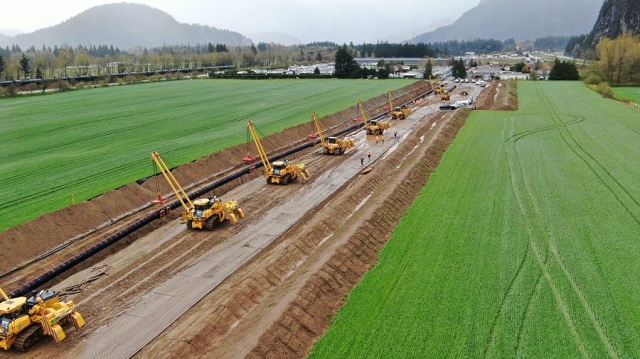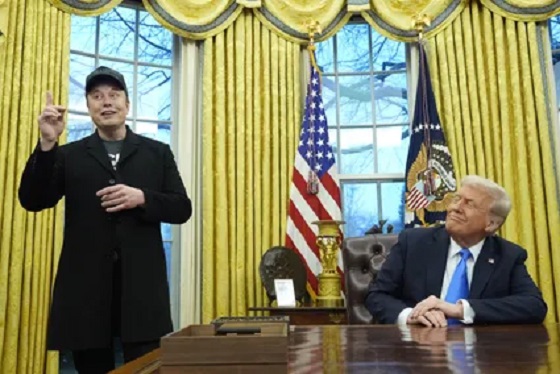Energy
Energy Companies May Be On Cusp Of Uncorking Next Massive Oil, Gas Boon
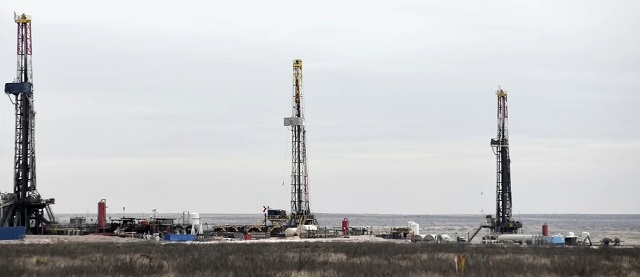
 From the Daily Caller News Foundation
From the Daily Caller News Foundation
These companies, all run by smart business people, continue to invest many billions of capital dollars in these risky, long-term projects even as “experts” like the bureaucrats at the International Energy Agency (IEA) continue to predict demand for crude oil is about to peak in the next few years.
Constantly advancing technology has always been the driver behind the advance of the oil-and-gas industry since the first successful U.S. well was drilled by Edwin Drake near Titusville, Pennsylvania, in 1859. The Drake well was drilled to a then unheard-of depth of 69 feet using the most primitive equipment imaginable.
This week, 165 years later, U.S. oil giant Chevron announced it had achieved first production in its Anchor field in the Gulf of Mexico. At its shallow depth, underground pressure in the Drake well would have been negligible, just enough to force the oil up out of the ground. The Anchor semi-submersible floating production unit (FPU) that was started up by Chevron this week enables the capture of massive volumes of oil and natural gas from underground formations up to 34,000 feet below sea level at pressures up to 20,000 pounds per square inch.
“The Anchor project represents a breakthrough for the energy industry,” said Nigel Hearne, executive vice president, Chevron Oil, Products & Gas. “Application of this industry-first deepwater technology allows us to unlock previously difficult-to-access resources and will enable similar deepwater high-pressure developments for the industry.”
Chevron says seven deepwater wells will be tied into the Anchor FPU, which has the capacity to capture, process and transport as much as 75,000 barrels of oil and 28 million cubic feet of natural gas every day. The company estimates reserves in the field of 440 million barrels of oil equivalent with current technology. But, again, the technology deployed by the industry advances every day, meaning a far bigger amount of oil and gas will ultimately be recovered over the coming years.
Other major oil companies, like BP, are also beginning to deploy similar high-pressure technology that they and analysts believe will help them tap into billions of new barrels known to exist in deep, high-pressure formations in various parts of the world. Globally, BP says it believes deployment of advanced technology could help it access up to 10 billion barrels of known high pressure reserves.
Reuters quotes Wood Mackenzie principal analyst Mfon Usoro as saying the new high pressure technologies could enable companies like BP and Chevron to unlock as much as 2 billion barrels of known reserves in the Gulf of Mexico alone. “The industry has done their bit to safely deliver the barrels, with the new technology,” she said, adding: “These ultra-high-pressure fields are going to be a big driver for production growth in the Gulf of Mexico.”
On the same day Chevron made its announcement, Chinese national oil company CNOOC announced the completion of what it believes is the largest offshore platform on Earth, the Marjan facility. The giant platform, which serves similar functionality as the Anchor FPO, will now be shipped 6,400 nautical miles to the Persian Gulf, where it will facilitate the full development of Saudi Arabia’s deepwater Marjan Field.
It is important to keep in mind that the mounting of these massive offshore facilities and drilling of the deepwater wells are all long-term, multi-billion-dollar projects. These are facilities designed to handle the production from these deepwater fields for decades, not just a few years until the vaunted energy transition takes away all the demand for the commodities being produced.
In addition to the projects in the Gulf of Mexico and Persian Gulf, all the companies mentioned here are involved in aggressive efforts to discover and produce oil and gas in deepwater regions around the world. CNOOC, for example, is a 20% owner in the prolific Stabroek block development offshore of Guyana operated by ExxonMobil. Chevron stands to become a 30% owner in that same development via its proposed buyout of Houston-based Hess Corp.
These companies, all run by smart business people, continue to invest many billions of capital dollars in these risky, long-term projects even as “experts” like the bureaucrats at the International Energy Agency (IEA) continue to predict demand for crude oil is about to peak in the next few years. Meanwhile, OPEC says it believes demand for crude will keep rising through at least 2045, perhaps longer.
Someone will be right, and someone will be wrong. Regardless, we can rest assured that advancing technology in the industry itself will ensure there will be no shortage of supply.
David Blackmon is an energy writer and consultant based in Texas. He spent 40 years in the oil and gas business, where he specialized in public policy and communications.
Featured image credit: (Screen Capture/PBS NewsHour)
Business
Carney budget doubles down on Trudeau-era policies

From the Fraser Institute
By Kenneth P. Green and Elmira Aliakbari
The Carney government tabled its first budget, which includes major new spending initiatives to promote a so-called “green economy,” and maintains greenhouse gas (GHG)-emission extinction as a central operating principle of Canadian governance.
The budget leaves untouched most of the legislative dampers on Canada’s fossil fuel sector (oil, gas, coal) of the last 10 years, while pouring still more money into theoretically “green” projects such as additional (and speculative new types) of nuclear power, electrical transmission to service “green” energy production, continued tax credits for alternative fuels such as hydrogen, and more. Adding insult to injury, the budget discusses “enhancing” (read: likely increasing) the carbon tax on industrial emitters across Canada, and tightening controls over provinces to ensure they meet new federal tax targets.
Over the past decade, Ottawa introduced numerous regulations to restrict oil and gas development and again accelerate the growth of the green sector. Key initiatives include Ottawa’s arbitrary cap on GHG emissions for the oil and gas sector, which will restrict production; stricter regulations for methane emissions in the oil and gas industry, which will also likely restrict production; “clean electricity” regulations that aim to decarbonize Canada’s electricity generation; Bill C-69 (which introduced subjective ill-defined criteria into the evaluation of energy projects); and Bill C-48, known as the oil tanker ban on the west coast, which limits Canadian exports to Asian and other non-U.S. markets.
At the same time, governments launched a wide range of spending initiatives, tax credits and regulations to promote the green economy, which basically includes industries and technologies that aim to reduce pollution and use cleaner energy sources. Between 2014/15 and 2024/25, federal spending on green initiatives (such as subsidizing renewable power, providing incentives for electric vehicles and charging infrastructure, funding for building retrofits, and support for alternative fuels such as hydrogen, etc.) went from $0.6 billion to $23 billion—a 38-fold increase. Altogether, since 2014, Ottawa and provincial governments in the country’s four largest provinces (Ontario, British Columbia, Quebec and Alberta) have spent and foregone revenues of at least $158 billion to promote the green sector.
Yet, despite the government’s massive spending and heavy regulation to constrain the fossil fuel industry and promote the green sector, the outcomes have been extremely disappointing. In 2014, the green sector accounted for 3.1 per cent of Canada’s economic output, and by 2023, that share had only slightly grown to 3.6 per cent. Put simply, despite massive spending, the sector’s contribution to Canada’s economy has barely changed. In addition, between 2014 and 2023, despite billions in government spending to promote the green sector, only 68,000 new jobs were added in this sector, many of them in already established fields such as waste management and hydroelectric power. The sector’s contribution to national employment remains small, representing only 2 per cent of total jobs in the country.
Not surprisingly, this combination of massive government spending and heavy-handed regulation have contributed to Canada’s economic stagnation in recent years. As documented by our colleagues, Canadian living standards—measured by per-person GDP—were lower in the second quarter of 2025 than six years earlier, suggesting we are poorer today than we were six years ago.
But for Prime Minister Carney, apparently, past failures do not temper future plans, as the budget either reaffirms or expands upon the failed plans of the past decade. No lessons appear to have even been considered, much less learned from past failures.
There had been some hope that Carney’s first budget would include some reflection of how badly the natural resource and energy policies of the Trudeau government have hurt Canada’s economy.
But other than some language obfuscation—“investment” vs. “spending,” “competitiveness” of GHG controls (not economy), and the “green” energy economy vs. the “conventional” energy economy—this is a Trudeau-continuance business-as-usual agenda on steroids. Yes, they will allow some slight deceptive rollbacks to proceed (such as rolling the consumer carbon tax into the industrial carbon tax rather than eliminating it), and may allow still more carbon taxes to render at least one onerous Trudeau-era regulation (the oil and gas cap) to be rendered moot, but that’s stunningly weak tea on policy reform.
The first Carney budget could and likely will, if passed, continue the economic stagnation plaguing Canada. That does not bode well for the future prosperity of Canadians.
Daily Caller
UN Chief Rages Against Dying Of Climate Alarm Light
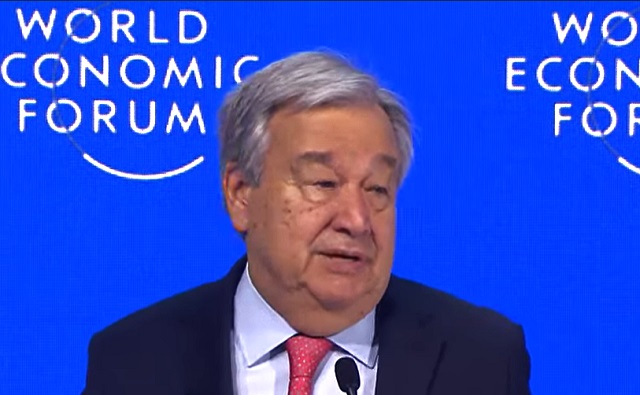

From the Daily Caller News Foundation
The light of the global climate alarm movement has faded throughout 2025, as even narrative-pushing luminaries like Bill Gates have begun admitting. But that doesn’t mean the bitter clingers to the net-zero by 2050 dogma will go away quietly. No one serves more ably as the poster child of this resistance to reality than U.N. chief Antonio Guterres, who is preparing to host the UN’s annual climate conference, COP30, in Brazil on Nov. 10.
In a speech on Monday, Guterres echoed poet Dylan Thomas’s advice to aging men and women in his famed poem, “Do not go gentle into that good night:”
Do not go gentle into that good night,
Old age should burn and rave at close of day;
Rage, rage against the dying of the light.
Dear Readers:
As a nonprofit, we are dependent on the generosity of our readers.
Please consider making a small donation of any amount here.
Thank you!
Though wise men at their end know dark is right,
Because their words had forked no lightning they
Do not go gentle into that good night.
Seeing that his own words have “forked no lightning,” Guterres raged, raged against the dying of the climate alarm light.
“Governments must arrive at the upcoming COP30 meeting in Brazil with concrete plans to slash their own emissions over the next decade while also delivering climate justice to those on the front lines of a crisis they did little to cause,” Guterres demanded, adding, “Just look at Jamaica.”
Yes, because, as everyone must assuredly know, the Earth has never produced major hurricanes in the past, so it must be the all-powerful climate change bogeyman that produced this major storm at the end of an unusually slow Atlantic hurricane season.
Actually, Guterres’ order to all national governments to arrive in Belem, Brazil outfitted with aspirational plans to meet the net-zero illusion, which everyone knows can and will never be met, helps explain why President Donald Trump will not be sending an official U.S. delegation. Trump has repeatedly made clear – most recently during his September speech before the U.N. General Assembly – that he views the entire climate change agenda as a huge scam. Why waste taxpayer money in pursuit of a fantasy when he’s had so much success pursuing a more productive agenda via direct negotiations with national leaders around the world?
“The Green New Scam would have killed America if President Trump had not been elected to implement his commonsense energy agenda…focused on utilizing the liquid gold under our feet to strengthen our grid stability and drive down costs for American families and businesses,” Taylor Rogers, a White House spokeswoman, said in a statement to the Guardian. “President Trump will not jeopardize our country’s economic and national security to pursue vague climate goals that are killing other countries,” she added.
The Guardian claims that Rogers’s use of the word “scam” refers to the Green New Deal policies pursued by Joe Biden. But that’s only part of it: The President views the entire net-zero project as a global scam designed to support a variety of wealth redistribution schemes and give momentum to the increasingly authoritarian forms of government we currently see cracking down in formerly free democracies like the U.K., Canada, Germany, France, Australia and other western developed nations.
Trump’s focused efforts on reversing vast swaths of Biden’s destructive agenda is undoing 16 years of command-and-control regulatory schemes implemented by the federal government. The resulting elimination of Inflation Reduction Act subsidies is already slowing the growth of the electric vehicles industry and impacting the rise of wind and solar generation as well.
But the impacts are international, too, as developing nations across the world shift direction to be able to do business with the world’s most powerful economy and developed nations in Europe and elsewhere grudgingly strive to remain competitive. Gates provided a clear wake-up call highlighting this global trend with his sudden departure from climate alarmist orthodoxy and its dogmatic narratives with his shift in rhetoric and planned investments laid out in last week’s long blog post.
Guterres, as the titular leader of the climate movement’s center of globalist messaging, sees his perch under assault and responded with a rhetorical effort to reassert his authority. We can expect the secretary general to keep raging as his influence wanes and he is replaced by someone whose own words might fork some lightning.
David Blackmon is an energy writer and consultant based in Texas. He spent 40 years in the oil and gas business, where he specialized in public policy and communications.
-

 Censorship Industrial Complex2 days ago
Censorship Industrial Complex2 days agoHow the UK and Canada Are Leading the West’s Descent into Digital Authoritarianism
-
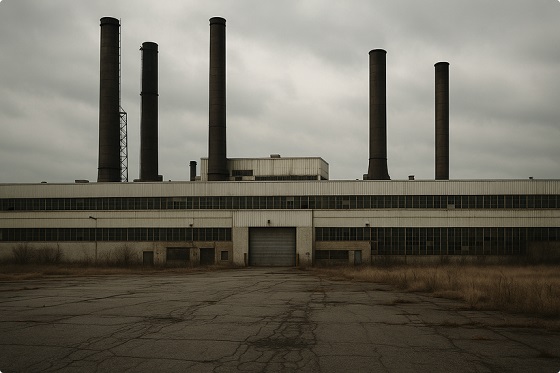
 Business2 days ago
Business2 days agoCapital Flight Signals No Confidence In Carney’s Agenda
-

 International2 days ago
International2 days agoThe capital of capitalism elects a socialist mayor
-

 Energy1 day ago
Energy1 day agoEby should put up, shut up, or pay up
-

 Business1 day ago
Business1 day agoPulling back the curtain on the Carney government’s first budget
-
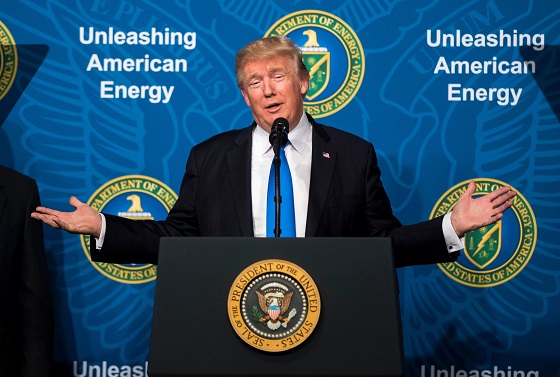
 Daily Caller1 day ago
Daily Caller1 day agoUS Eating Canada’s Lunch While Liberals Stall – Trump Admin Announces Record-Shattering Energy Report
-
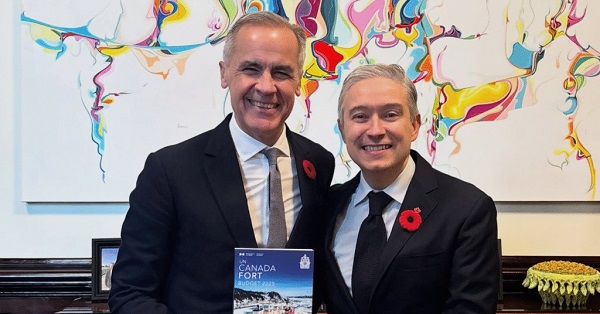
 Business1 day ago
Business1 day agoThe Liberal budget is a massive FAILURE: Former Liberal Cabinet Member Dan McTeague
-

 Business1 day ago
Business1 day agoCarney’s budget spares tax status of Canadian churches, pro-life groups after backlash



